A pop-up survey could appear while you're here--curious what it's for? Click here to learn more!
×Community resources
Community resources
Traditional Test vs Agile Test?
Unraveling the Relationship Between Different Testing Methods
We aim to illuminate the subtle and not-so-subtle differences between traditional and agile testing methodologies. Our goal? To equip you with the insights needed to choose the testing approach that aligns perfectly with your project’s unique requirements.
At its core, software testing ensures quality, performance, and user satisfaction. But how do the processes of traditional and agile testing fit into the broader spectrum of software testing? Let’s dig deeper into this material.
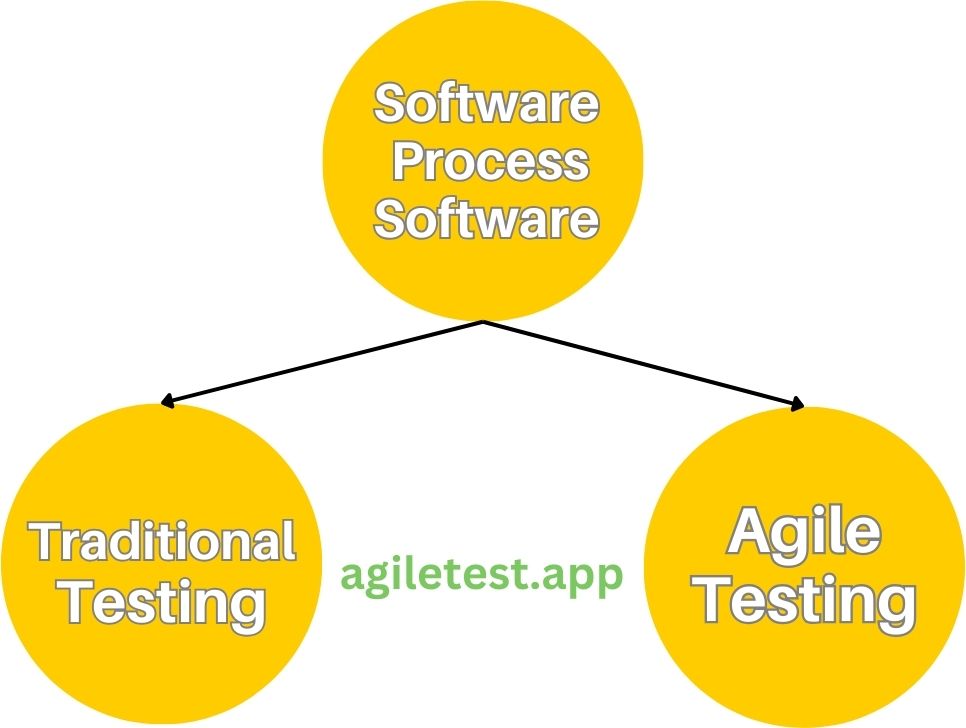
Both traditional and agile testing are subsets of the overarching software testing process. Each approach has its distinctive methodologies, best practices, and foundational principles.
Traditional and agile testing, while subsets of the software testing discipline, represent distinct philosophies and approaches.
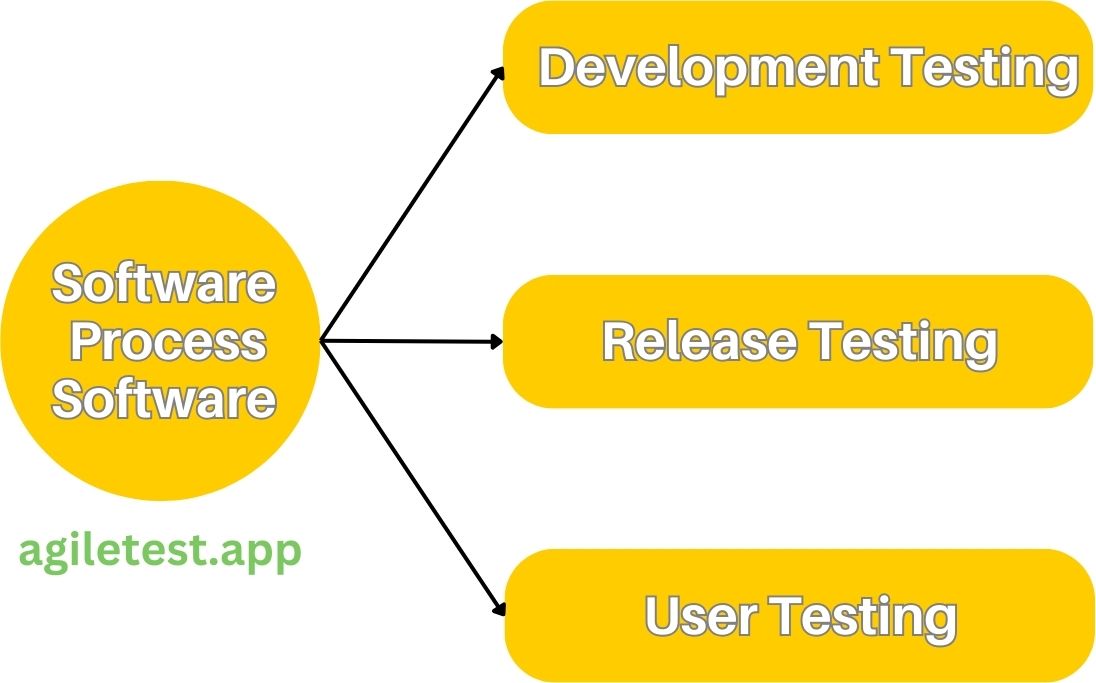
- Development Testing: During this phase, as the software materializes, developers and system designers work in tandem to identify and rectify bugs. This proactive approach ensures foundational robustness.
- Release Testing: Once development reaches its finale, specialized testing teams evaluate the software’s performance, ensuring it aligns with stakeholder expectations and is devoid of critical issues before its market launch.
- User Testing: This phase is pivotal. Here, real-world users engage with the software, providing invaluable feedback. Their experiences guide further refinements, ensuring that the software remains user-centric.
From these core stages arises Acceptance Testing. Here, clients and customers assess the software against their specific criteria, determining if it comes ready for broader deployment or requires further refinements.
Delving Deeper into Traditional Testing
Traditional Testing stands out for its ordered, step-by-step methodology. One visualizes this as a sequence: first, the entirety of the software fully develops, and only thereafter do we embark on the testing journey. A hallmark of this approach equates to its profound emphasis on documentation. As you navigate traditional testing, your project equips with elaborately designed test plans and cases, which meticulously map out the anticipated outcomes for every conceivable test scenario.
Advantages:
Diving into the realm of traditional testing, and its structural approach immediately becomes evident, serving as a lighthouse of reliability. If you are overseeing expansive, multifaceted projects that seek a bedrock of stability and uniformity, traditional testing emerges as a comprehensive test coverage. One of its standout merits lies in its rigorous documentation. This ensures that your testing process is holistic, exhaustive, and leaves no aspect of the software unchecked.
Disadvantages:
However, like any methodology, traditional testing remains challenging. Discovering glitches or defects when you are deep into the development cycle proposes taxing, both in terms of resources and valuable time. Furthermore, the rigid sequence intrinsic to traditional methodologies, which often reminds us of iconic frameworks such as the Waterfall model, poses its own set of hurdles. When your project is at a juncture where integrating feedback from the latter stages becomes imperative, traditional testing can sometimes make this assimilation seem like navigating a steep mountain.
To sum up, when you chart the course of your software testing voyage, it is acute to understand the nuances of traditional testing. Its structured approach, highlighted by detailed documentation, can serve as a potent asset for specific projects. However, you and your team must stay aware of its inherent challenges. As you tailor your testing strategy, weighing the predictability and comprehensive coverage of traditional testing against its potential rigidity will ensure your software not only meets quality benchmarks but also aligns seamlessly with user feedback and market dynamics.
Venturing into the World of Agile Testing
For those who have ventured into the domain of agile methodologies, the dynamism and adaptability embedded in agile testing are expected hallmarks. At its core, agile testing emphasizes cohesive teamwork, blending the testing phase seamlessly into the development lifecycle. This interwoven approach ensures that as your project evolves, it remains amenable to on-the-spot refinements, thanks to perpetual feedback mechanisms.
Advantages:
As you immerse yourself in agile testing, its proactive posture stands out prominently. One of its primary strengths is the ability to pinpoint and rectify issues at an early juncture. For your project, this means judicious use of resources, minimizing rework, and consequently, optimizing costs. With its repetitive cycles, agile ensures that feedback does not stop at a one-off event but an ongoing dialogue. This constant stream of insights ensures your end product resonates with user expectations and remains attuned to their evolving needs.
Disadvantages:
But, agile testing also encounters the intricacies and potential pitfalls of agile methodologies. When you are looking to chart out definitive budgetary outlines, allocate resources, or earmark strict timelines, agile can make these tasks appear complex. And while its nimbleness is commendable, this very agility can, at times, eclipse the importance of comprehensive documentation. For those steering the ship of expansive projects with long timelines, this could introduce unforeseen complexities.
As you contemplate the intricacies of software testing, agile offers a blend of flexibility and ongoing collaboration that can be incredibly potent for many projects. However, it is important to remain attuned to its intricacies. The key lies in balancing the unparalleled agility of agile testing with its potential challenges. In doing so, the project will develop to deliver software solutions that are not only of exemplary quality but also in sync with the ever-evolving landscape of user needs and market dynamics.
Traditional vs. Agile Testing: An Analytical Perspective
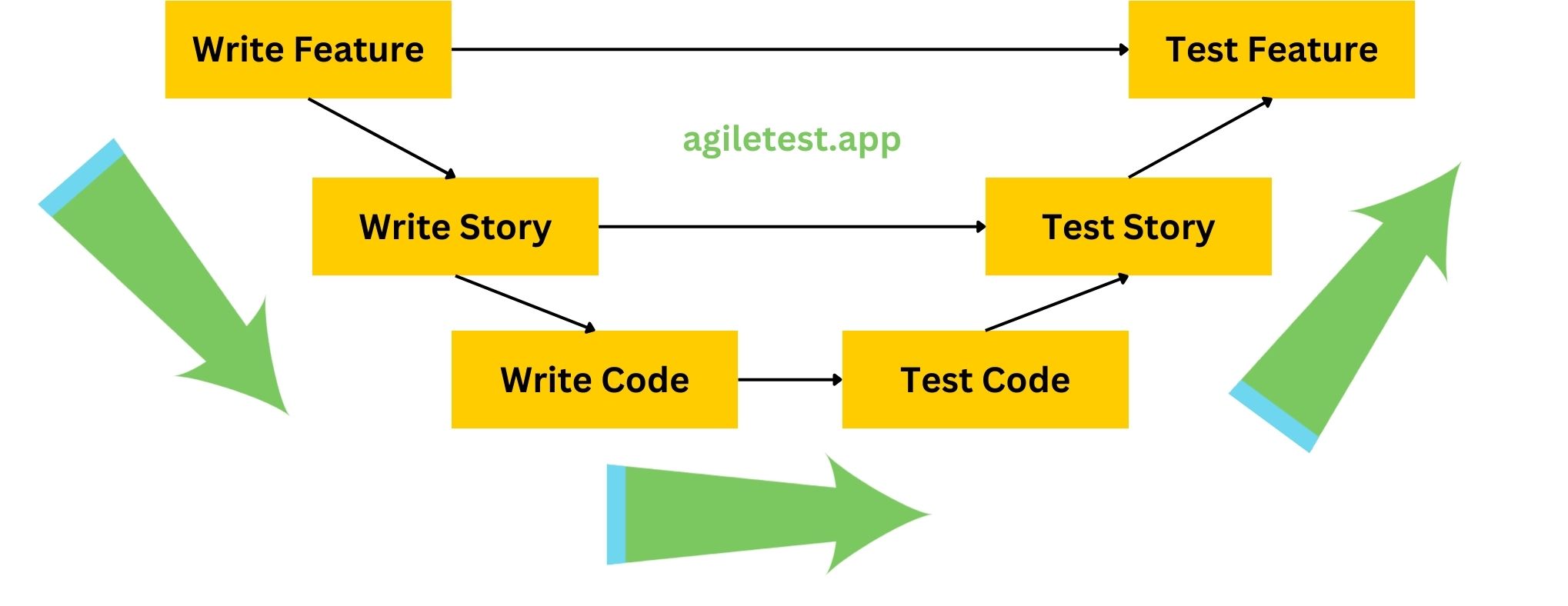
The V-Shaped model is a frequent point of reference when discussing traditional testing. This model methodically transitions from requirements gathering to design, coding, and eventually, deployment. It offers a structured path, making it a mainstay in many Waterfall-driven projects.
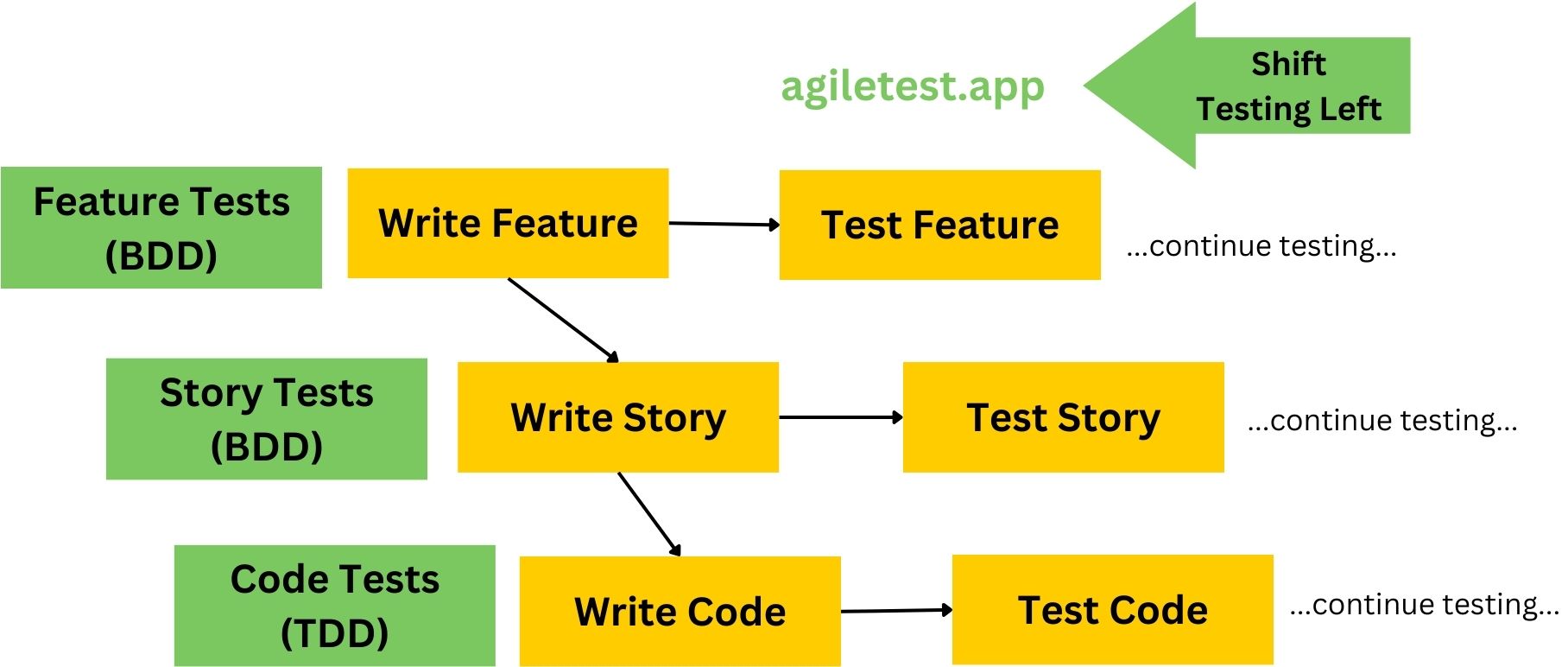
Agile testing, however, ushers in a paradigm shift. It commences much earlier in the development process, aligning with concepts like Behavior Driven Development (BDD). This close-knit relationship between coding and testing, powered by techniques like Test-Driven Development (TDD) , ensures quality is maintained at every juncture.
Making the Right Choice for Your Project
While agile methods bask in contemporary limelight, traditional methodologies, with their time-tested principles, remain relevant in many scenarios.
Today’s innovative organizations often lean towards hybrid methodologies, harmonizing the steadfastness of traditional testing with agile’s adaptability. Such an amalgamation enhances risk management while optimizing resource utilization.
Ultimately, the decision between traditional and agile testing hinges on a project’s unique attributes, goals, and constraints. It is essential to evaluate both methodologies, not in isolation, but in the context of the specific project at hand. By weaving elements from both methodologies, stakeholders can craft a balanced approach, ensuring software quality, timeliness, and flexibility.
Concluding Thoughts
The realm of software testing remains both vast and nuanced. Whether one leans towards Traditional or Agile methodologies, the primary focus should always be on delivering quality, performance, and user satisfaction. The decision between these methodologies is not binary but should be viewed as a spectrum, where projects can benefit from a judicious mix of both, tailored to their unique requirements. As we continue to navigate the ever-evolving world of software, may our testing methodologies reflect our commitment to excellence, adaptability, and user-centricity.
To learn more about Agile, check out this video !
For more information about agile testing, check out more videos from the AgileTest Academy series.
If you love the testing experiences, try our app on the Atlassian Marketplace!
Was this helpful?
Thanks!
Peter_DevSamurai
About this author
Product Marketer
DevSamurai
Japan
12 accepted answers
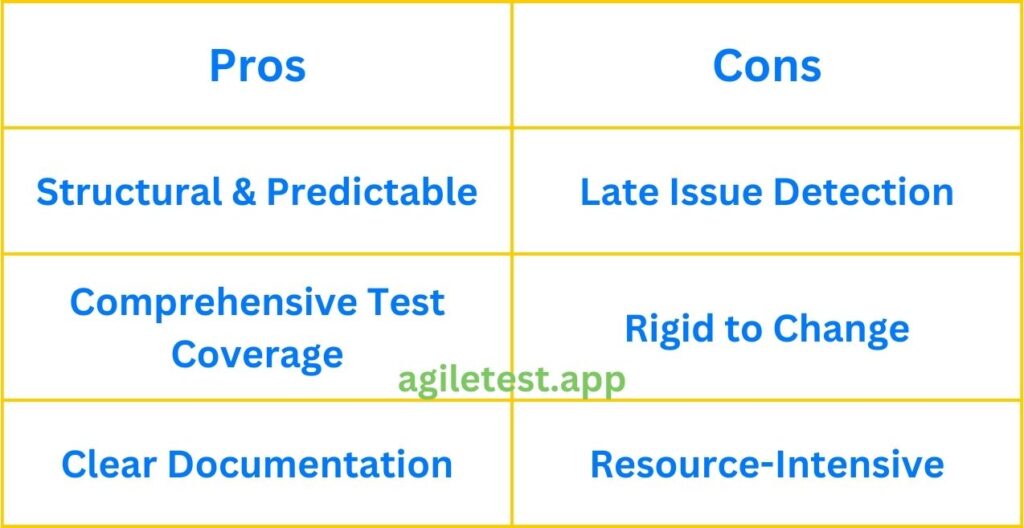

0 comments